Berber: The Ageless Mother of Cities
The wealth of its people and their love of entertainment could be seen in their singers and dancers and the pilgrim caravans that passed through from Timbuktu in Mali and Chinguetti in Mauritania.
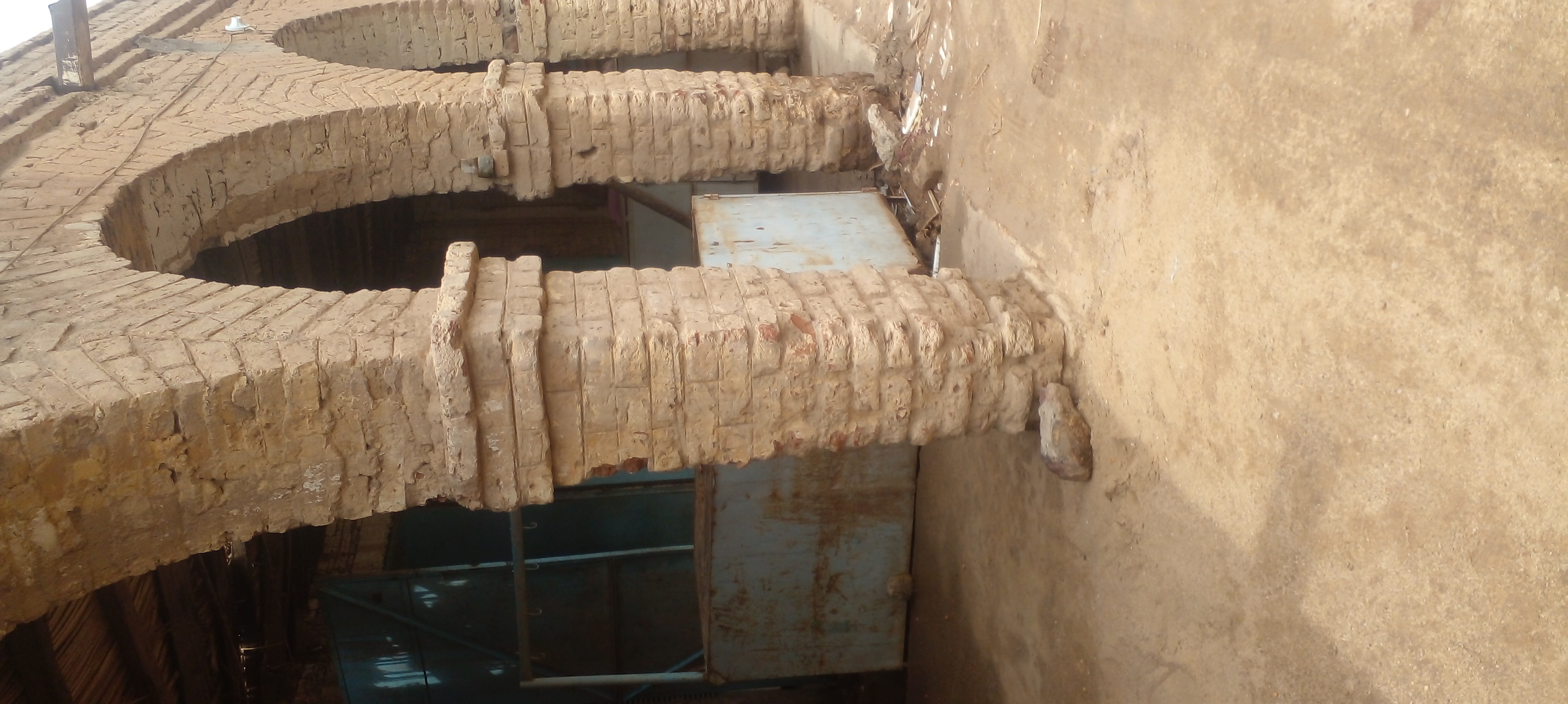
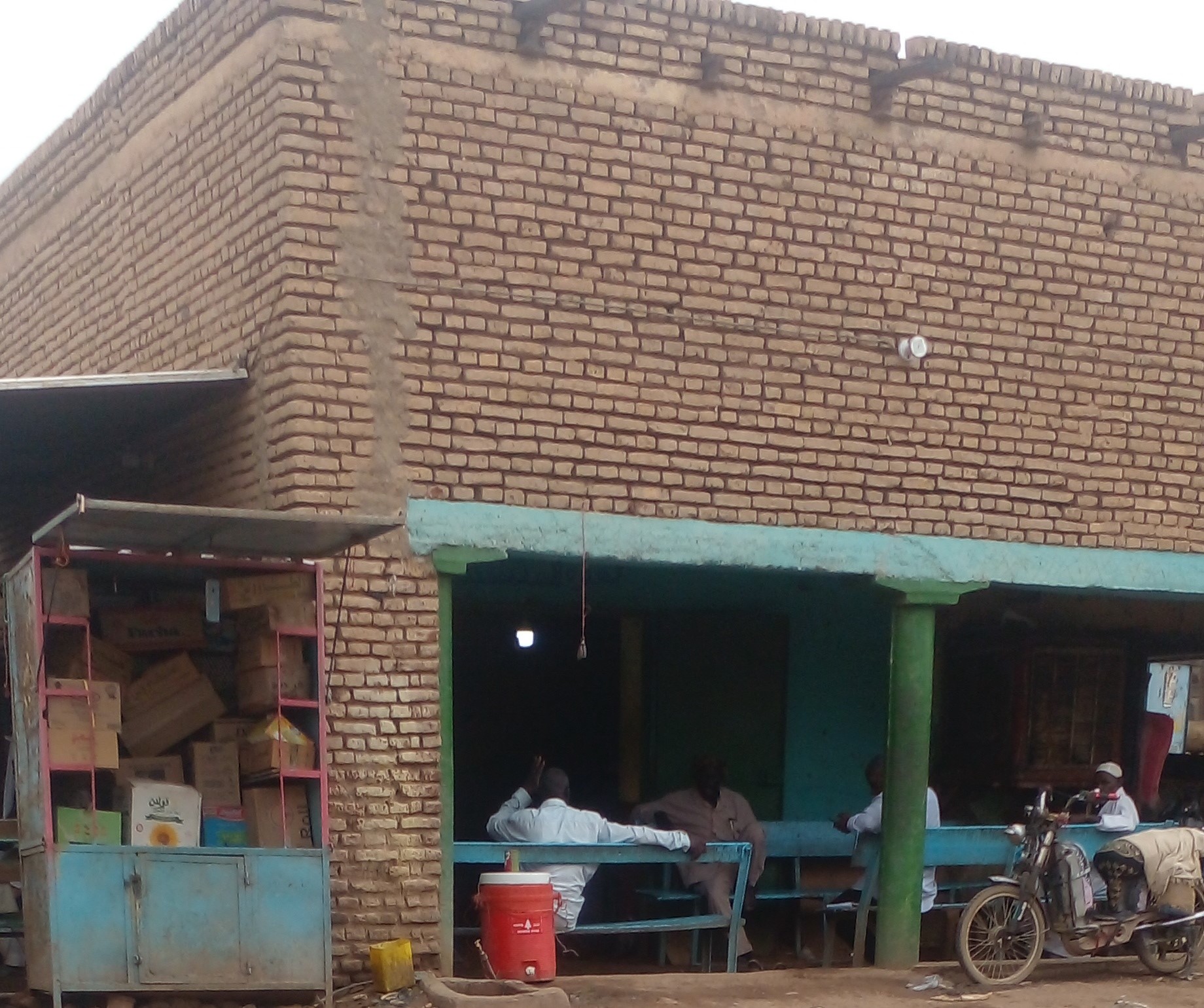
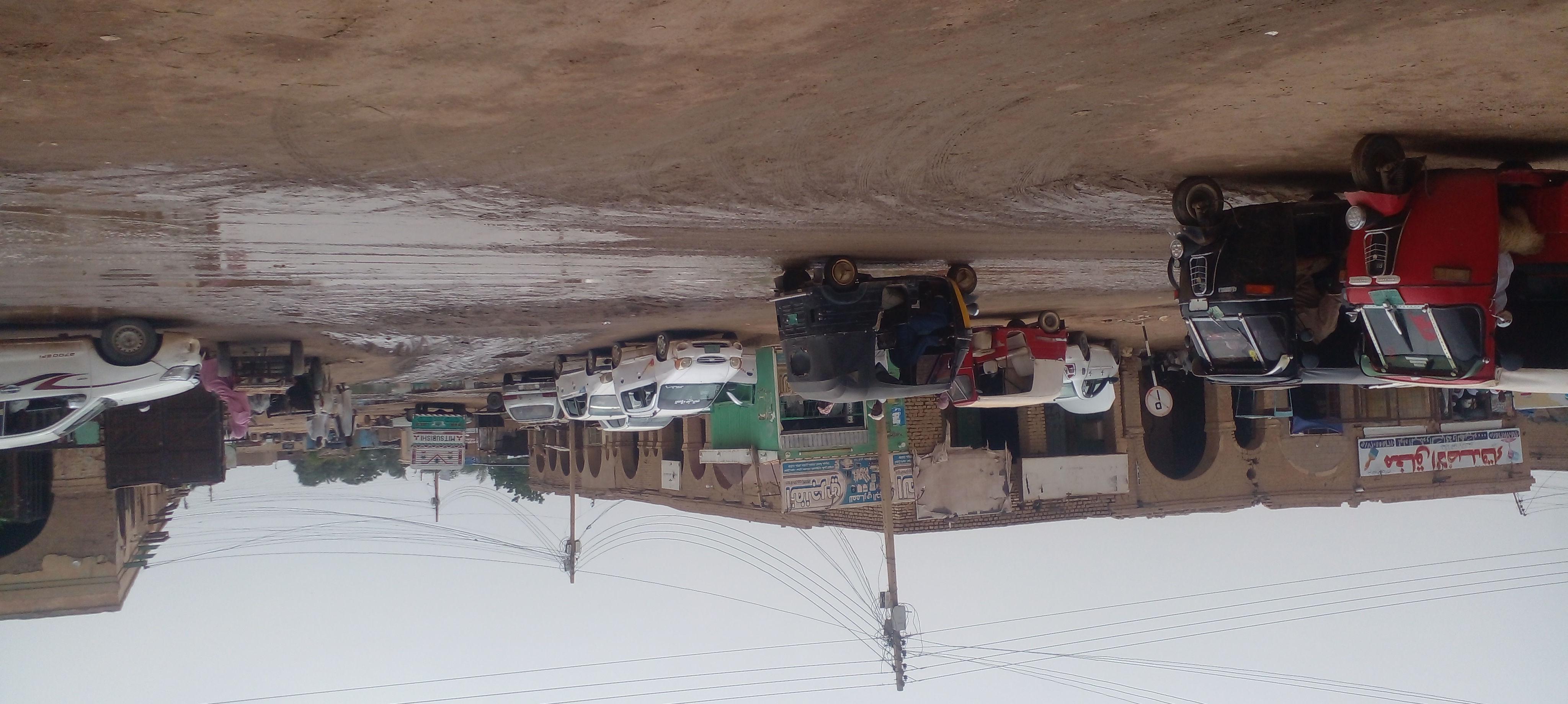

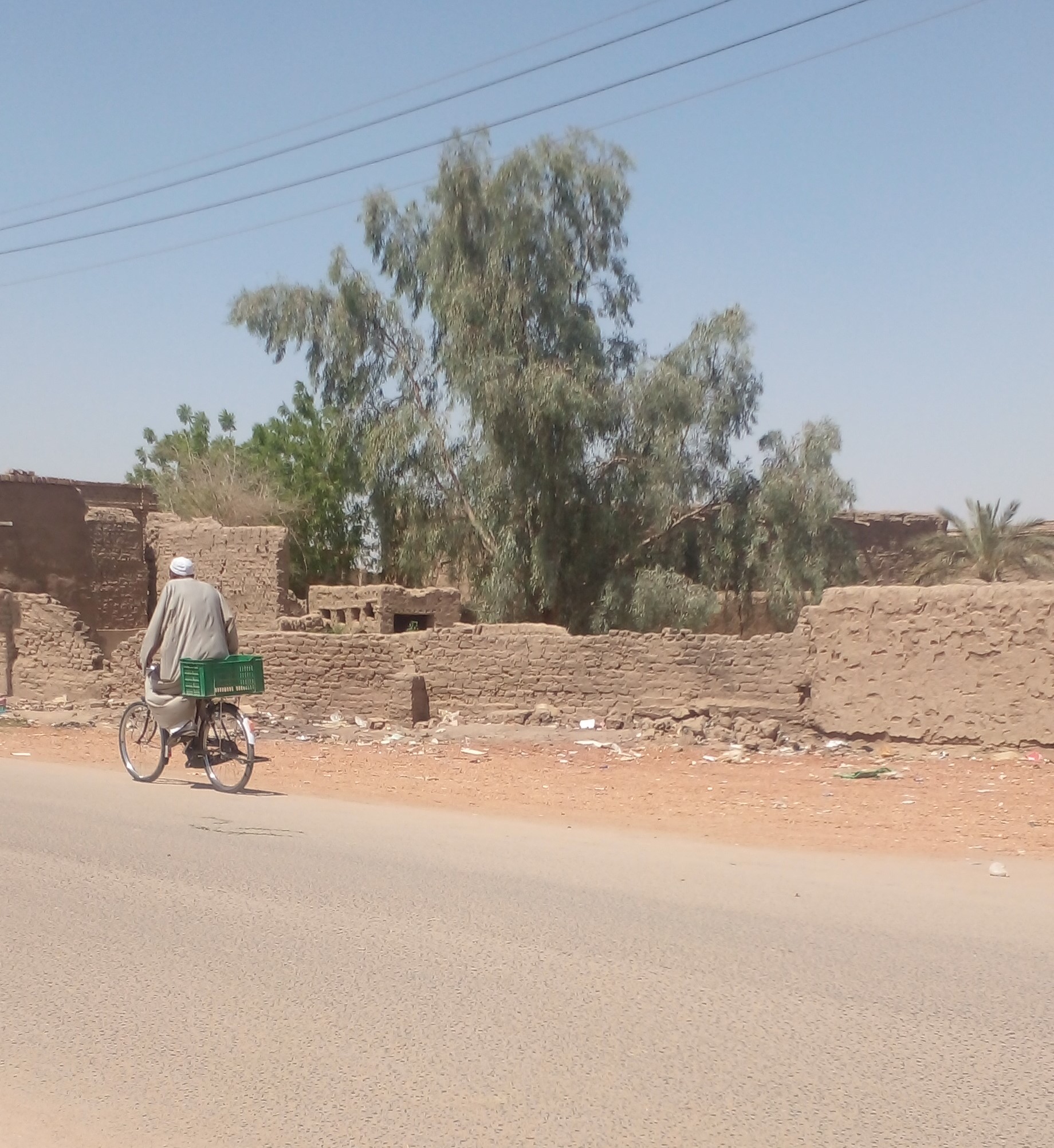
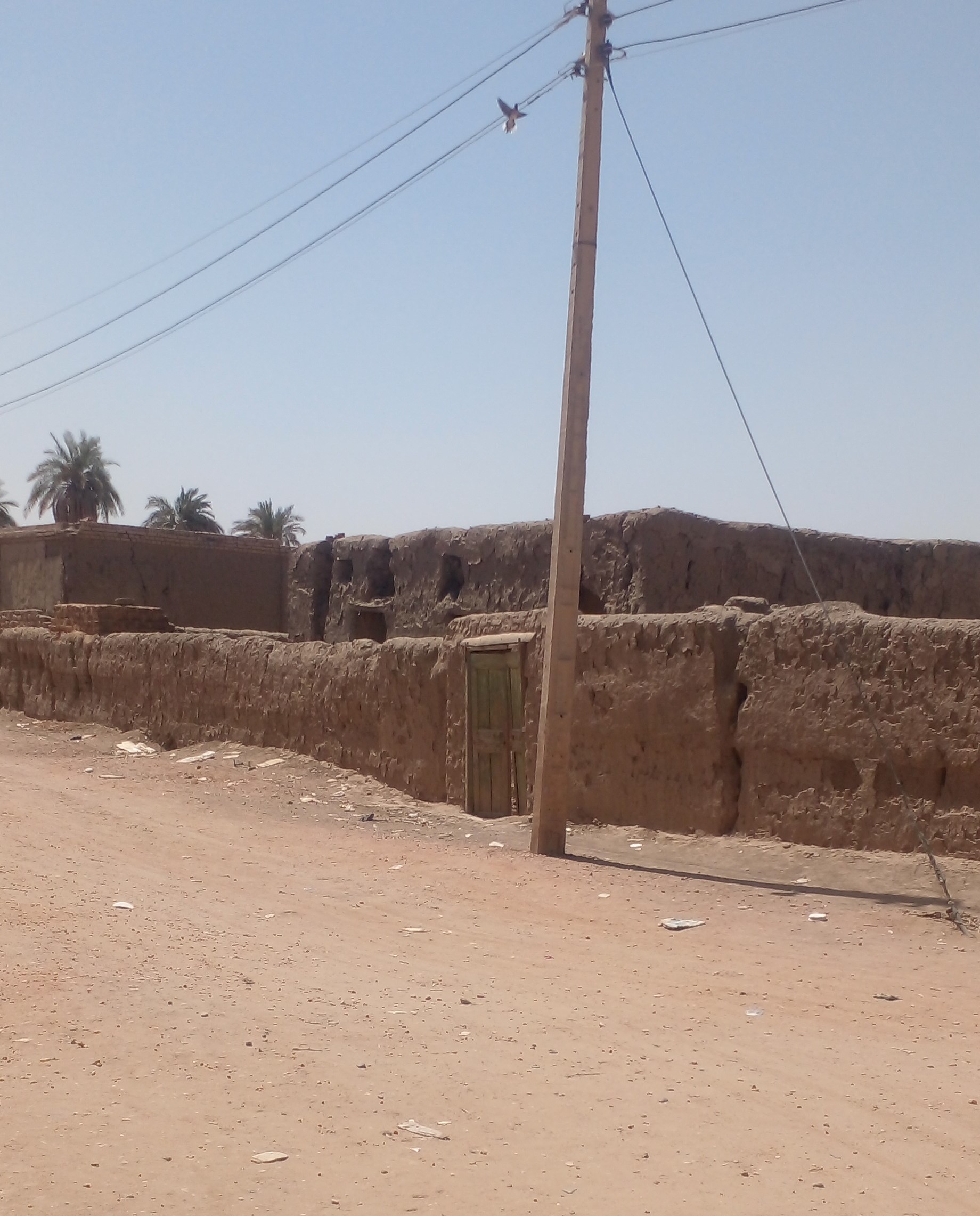
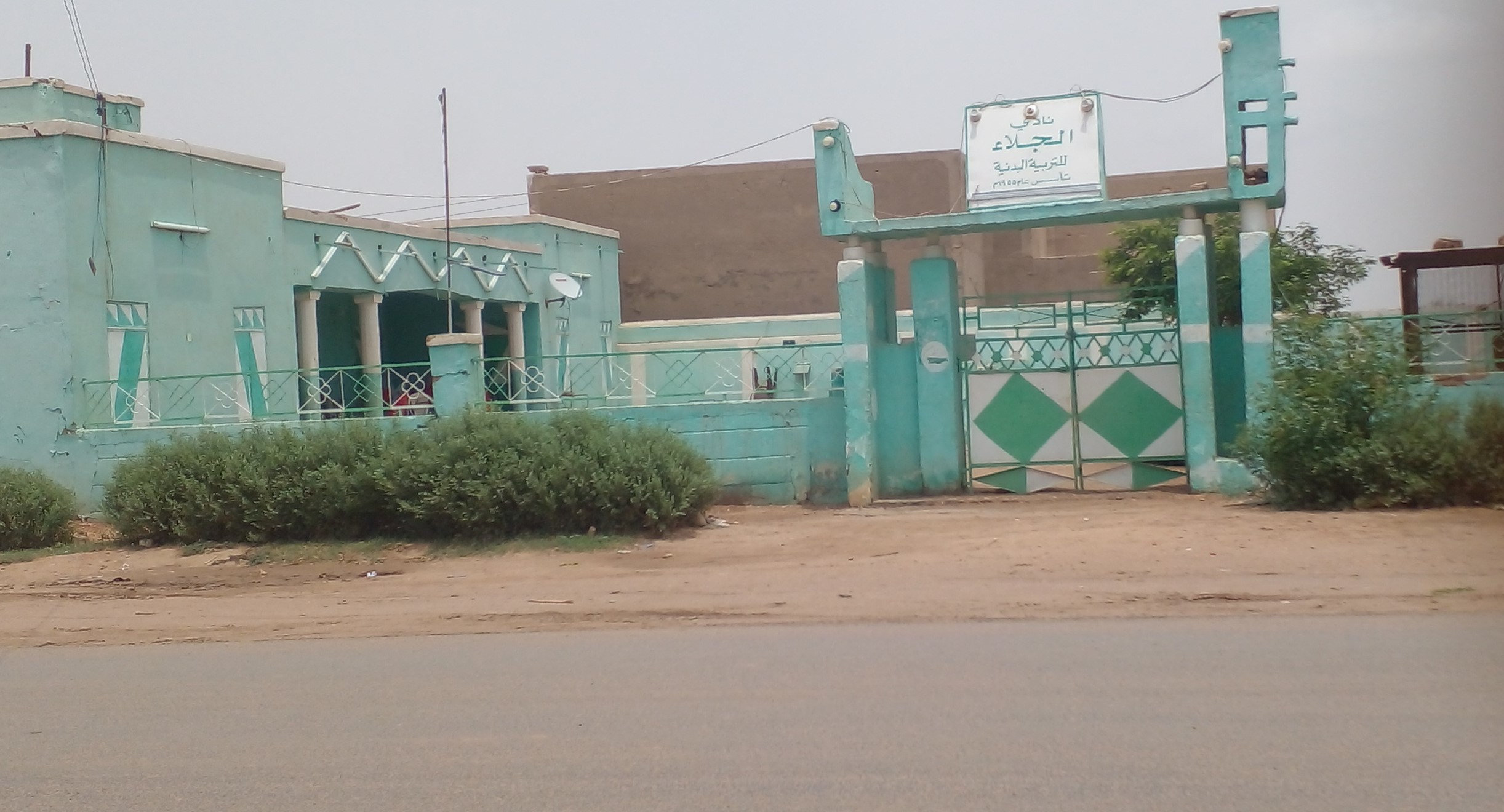
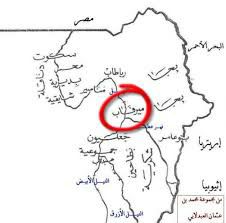

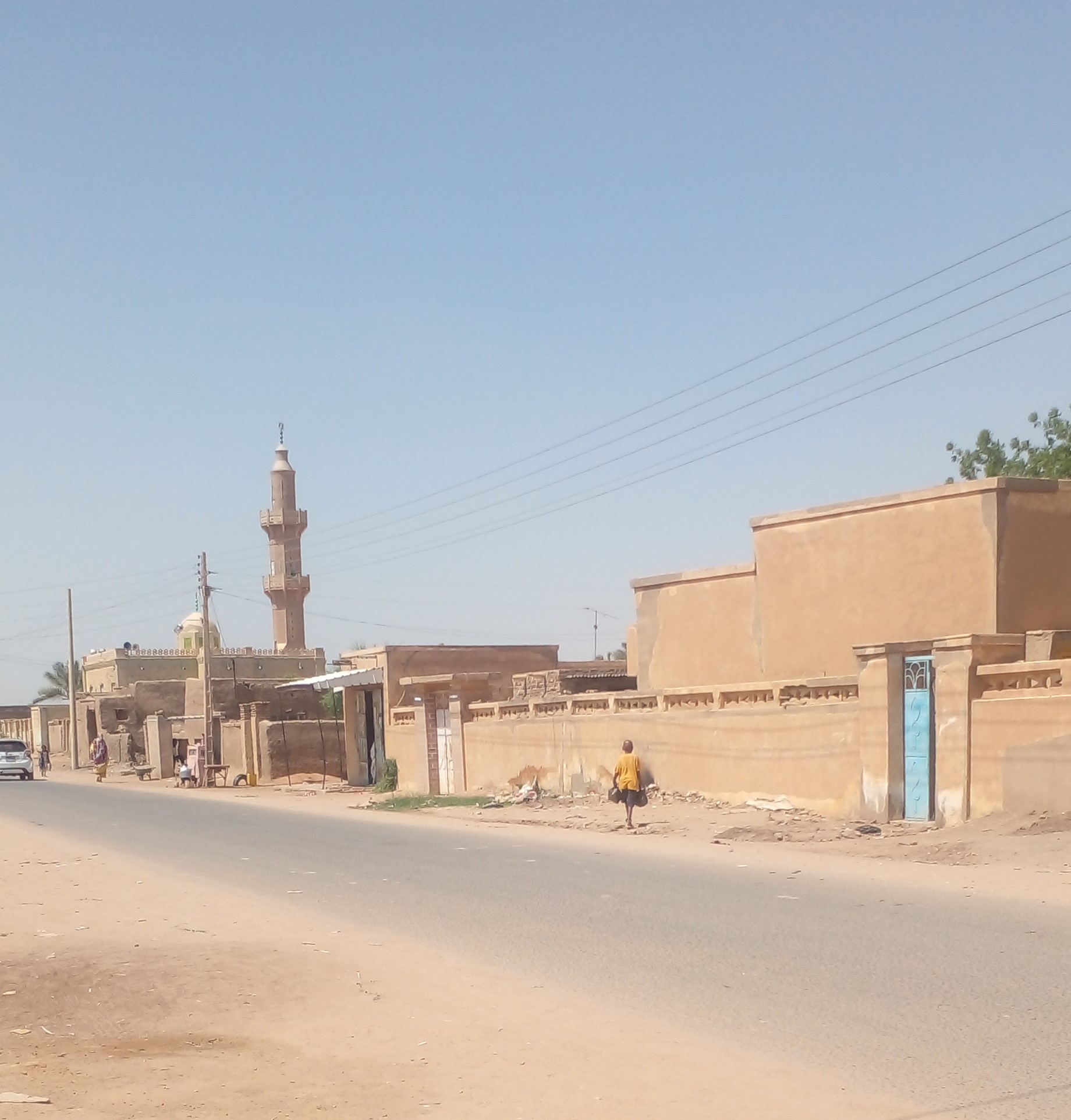
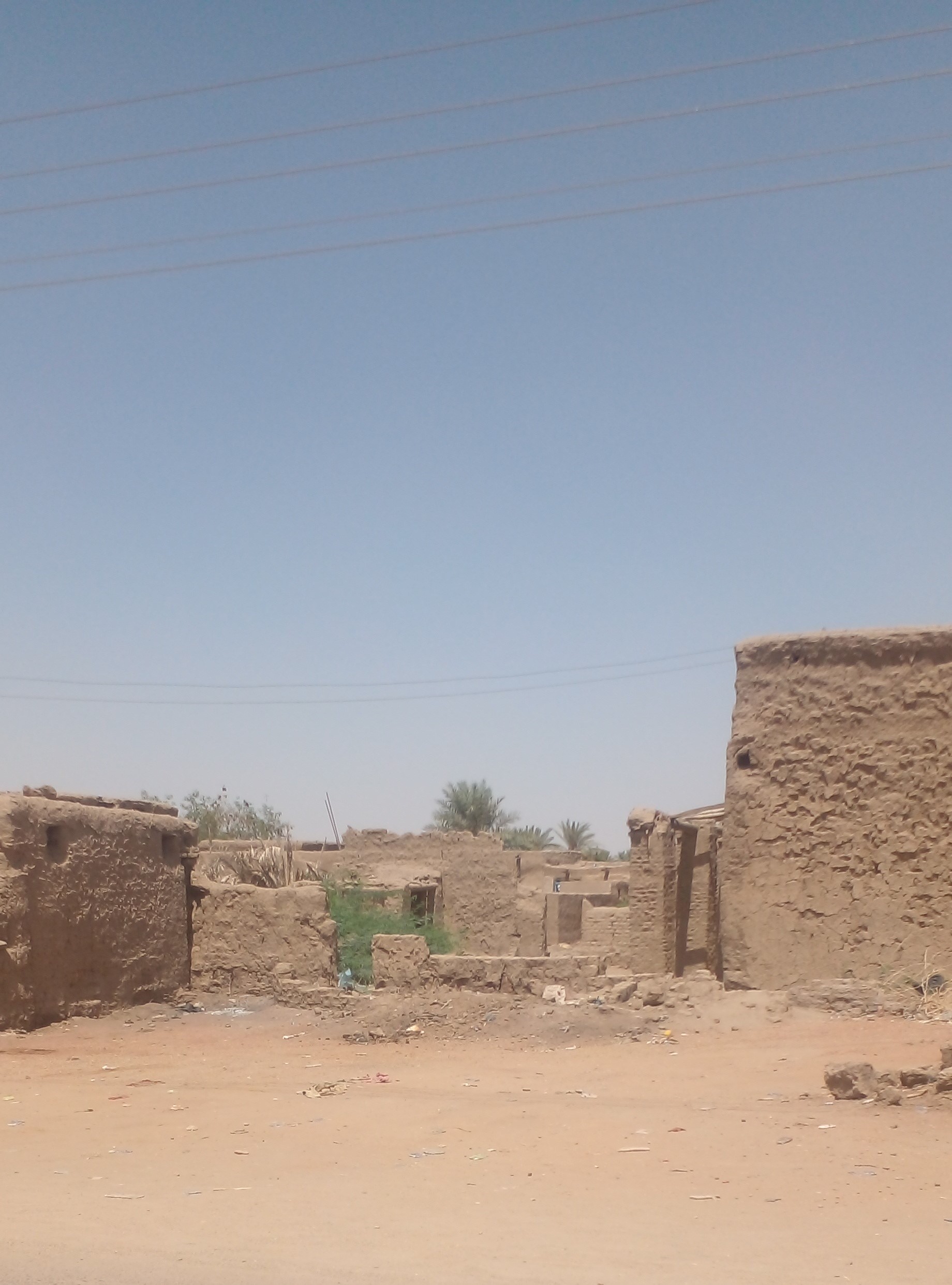
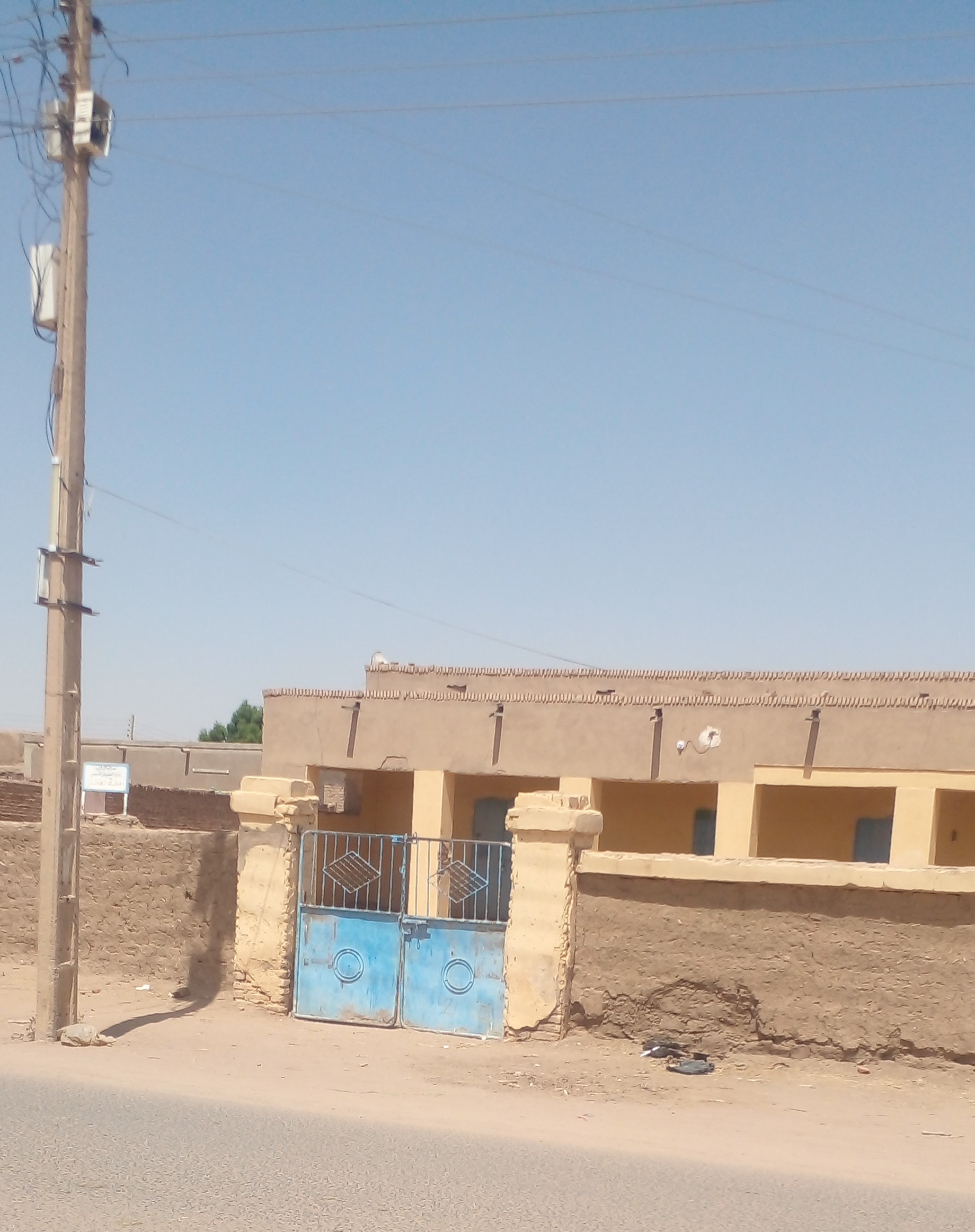
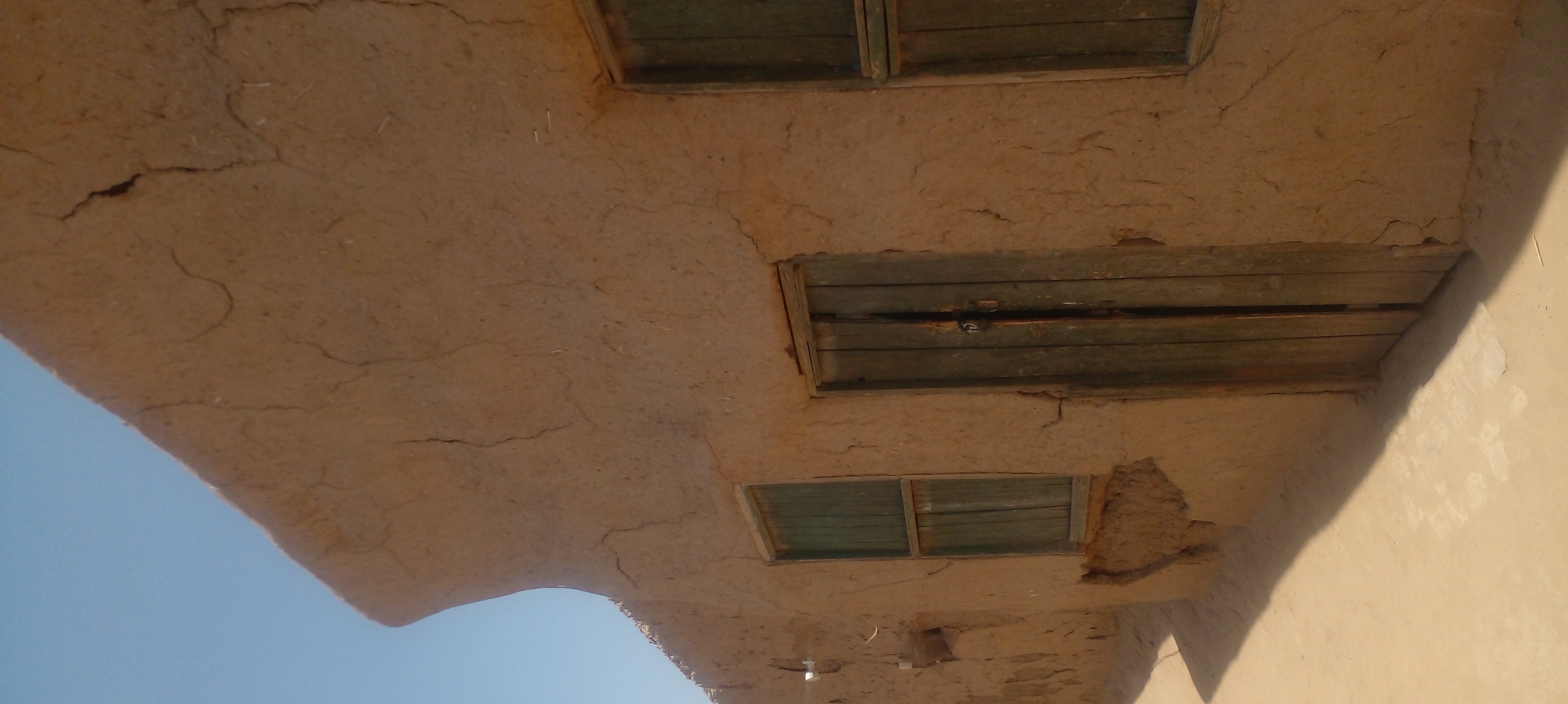


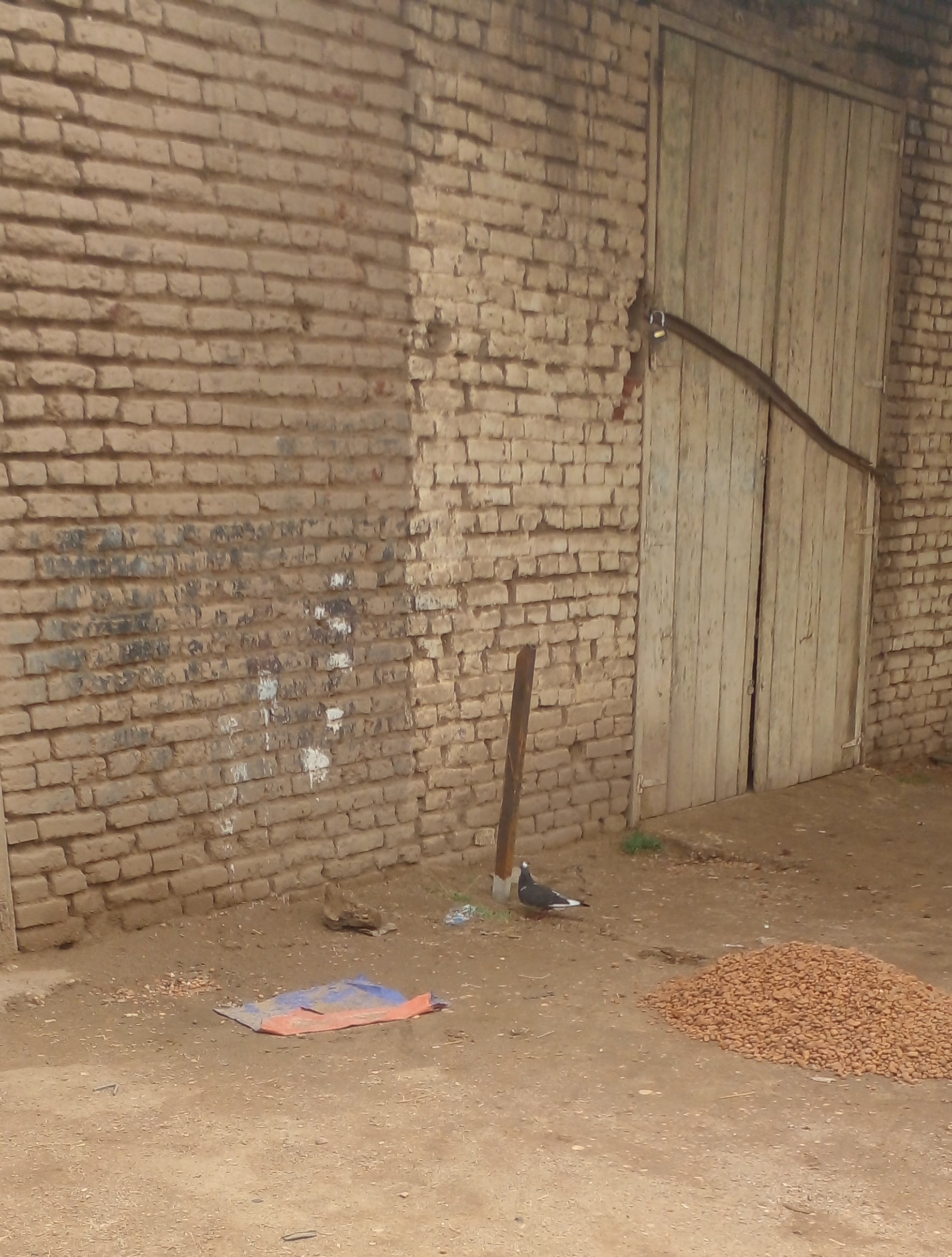

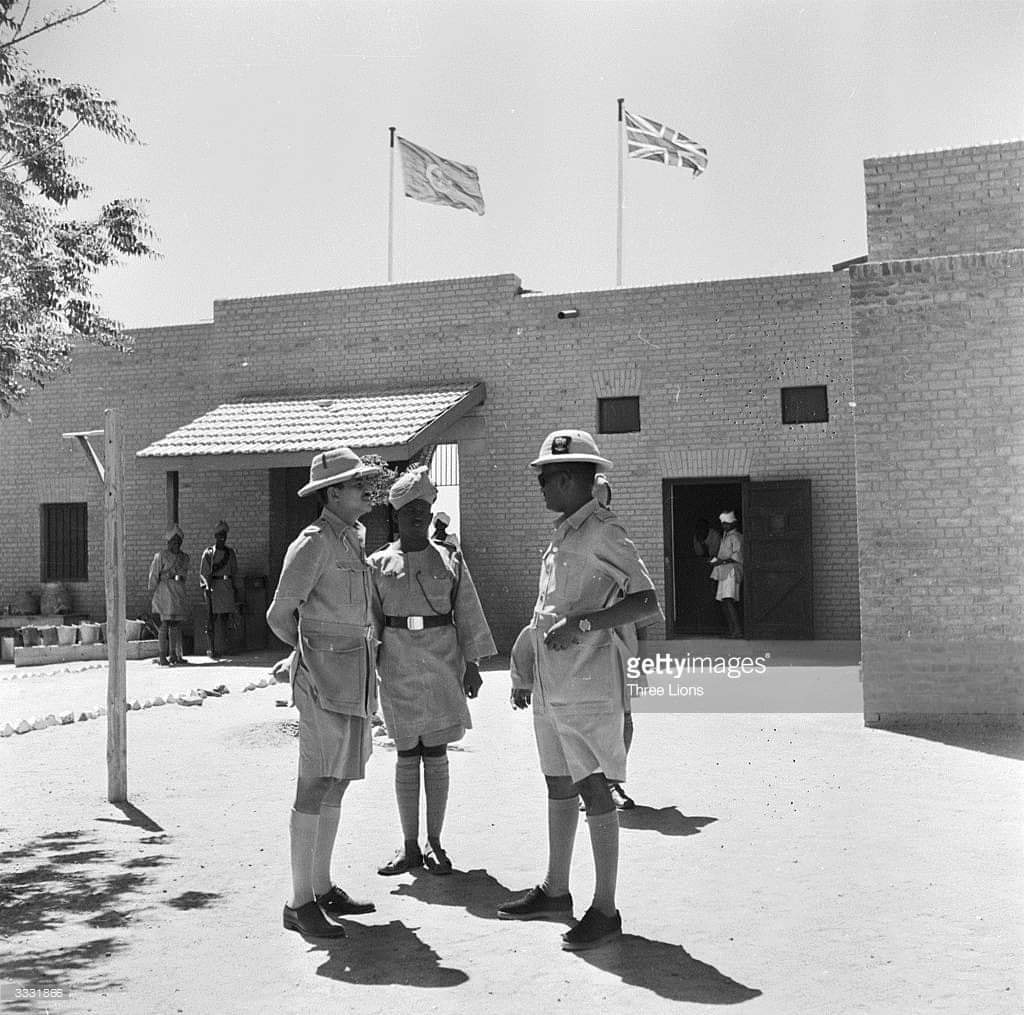

/ answered
Berber: The Ageless Mother of Cities and Capital of Capitals
Introduction: The Living Memory of Berber
When we wander through the neighbourhoods of Berber, we are struck by the old architectural styles of its cafés and shops with doorways flung wide open revealing historic treasures with an essence of ancient times. The urban planning principles of Islamic cities can be seen in the style of its spacious dawāwin (large reception halls in traditional houses) with their high, open ceilings, and the lush gardens in districts such as Hay al-Hajjāna, Al-Dikka, Ḥawsh al-Dār, Al-Manīdira, Naqzū, Ma‘īnīfiya, Al-Sharām and Al-Ḍāngīl. They are architectural evidence of a city whose earliest inhabitants were distinguished scholars, renowned figures, and military leaders. Its residents are from a mix of origins from Levantine to Egyptian and Turkish roots all coming together to form a mosaic of diverse identities. And yet despite their different skin colours and features, they were like a big a family because of the warmth and affection they had for each other.
Markets, Trade, and Oral Heritage
The wealth of its people and their love of entertainment could be seen in their singers and dancers and the pilgrim caravans that passed through from Timbuktu in Mali and Chinguetti in Mauritania. Its marketplace reflected its position as on one of the greatest commercial crossroads linking Sawakin and Korsko and frequented by Hadrami and Egyptian merchants who exported ostrich feathers and ivory, and imported textiles, perfumes and jewellery.
The features can still be seen of Al-Mikhayrif Market, built of green bricks with vaulted, covered aisles known as the gisayriyyah markets (arcaded covered markets). The Swiss explorer Burckhardt visited Berber in 1823 and described its homes as being built of mud brick and composed of a large courtyard divided into inner and outer sections with residential units for the family, guests, and domestic workers. Small windows lined the upper walls, and the door was made of wood, secured with a crudely fashioned wooden lock.
The town’s early signs of sophistication are boasted about by its residents who repeat the old saying ‘Berber taught people how to speak and how to be chic’. This sophistication is also chronicled in the masādīr (poetic folklore) by the poet Ibrahim Wad al-Farāsh, who recorded the city’s many modernist trends which took root in Berber during the time of Turkish rule.
I see Berber, I see its silks and brocades.
I see the minaret rising tall from the middle of the island.
I see the caravan of the knowledgeable ʿAbabda following its route.
I see the Bordein sailing away.
I see eight jars of beer placed on a table.
Ibrahim Wad al-Farāsh is believed to be the first Sudanese postman, who worked at the second post office established in Sudan. During the Mahdist period, he would ride his camel to deliver letters and one day he encountered Lord Kitchener who was impressed by Wad al-Farāsh’s appearance and asked for the picture of him on his camel to be drawn and featured on Sudan’s first postage stamp.
Locals say that the city’s original name was Mikhayrif al-Nūr in attribution to a shepherd called Al-Nūr who once roamed the lands. Another saying links the name to the scarcity of autumn, kharif, rains in the region and the diminutive description of it as being ‘only a mikhayrif’.
Names, Origins, and Historical Continuity
Oral traditions also offer multiple interpretations for the origin of the name Berber. One account traces it back to ancient merchants arriving from Sawakin, or distant coastal regions, and who, to express the remoteness of the place, would say ‘we have reached bar al-bar’, meaning the land beyond the land, which was later shortened to Berber. Others attribute it to the name of its Queen, Barbara the Nubian.
From the remaining fossils and artefacts of tools and inscriptions, it has been established that the site dates back to the Meroitic period (c. 1200 BCE) and that the earliest Nile settlements were found at Jabal Nakhru, or Jabal al-Nakhra, on the western bank of the Nile. The mountain still stands today and has become the home to a number of cement factories set up on its slopes.
Cultural interaction in the region never ceased. In fact it flourished, as embodied in the Meroitic city of al-Ḍānqīl, and again during the Funj, Mahdist and Turco-Egyptian periods (1405–1898) centred on a highland known as Gūz al-Funj. About 38 kilometres away, Old Berber (Al-Gaygar) was founded in 1821. Some of its landmarks remain, such as the mosque of Al-Faki Muhammad and the Khalwat al-Waqi‘a also known as the ‘School of the Day of Reckoning’ named after the old belief that visiting it in search of forgiveness was enough to erase one’s sins.
Locals recount that during the Funj period, Governor Al-Maḥjdhūb ordered local people to construct Al-Mikhayrif, in particular the womenfolk, whose work can still be seen in the western wall of the women’s prayer area.
The City of Pilgrims (Madīnat al-Ḥujjāj) was established in 1504 on the eastern edge of Berber and was the gathering place for those travelling to Haj. It consisted of a rectangular plot of land with over sixty small dwellings built of sun-dried mud brick. Nearby, the Roman Catholic mission constructed a church using fired red brick next to circular well sāqiya with lime plaster finish or jirmil. Buildings of the Turkish Government Inspectorate and the tannery building indicate a high level of construction capability.
Change and Resilience
All these landmarks, rooted in the folkloric scenes of the Meroitic period, have endured the passage of time. Yet many changes have swept through the region, such as the discovery of gold in a triangle stretching from north of Al-Bāwga, in the west and northeast, to Al-Ibaydiyya in the east. This was followed by the construction of the Al-‘Ibaydiyya –Shalātīn highway and, in its wake, the establishment of Al-‘Ibaydiyya customs point, which spurred commercial prosperity across the region. In addition, rapid economic transformation has been brought about by the war and has revived the old Berber market and led to a flourishing of trade. Nevertheless, these big waves of change have not altered the city’s features and its character continues to shine, giving the sense of longing for bygone times
All this gives rise to a number of questions, for example, how has Berber’s traditional way of life remained largely unchanged despite all the education and development its people have received over generations? The fact that these communities continue to live in stability affirms the role played by tangible cultural heritage, such as the city’s architecture, in strengthening people’s identity and fostering a sense of belonging in addition to the transmission of human values, traditional knowledge and crafts across generation.
Customs, Music, and Poetry
Most of Berber’s men wear a ṣidīriyya (waistcoat), a jallabiya (long, loose-fitting garment), and a jakkāna a white undergarment that is so baggy its crotch touches the ground. Weddings in Berber often last five days or more, marked by the ritual slaughter of camels and sheep.
The city is distinguished by its rich musical heritage, with ancient songs of ḥamāsa (heroic praise) and beats of the dalūka drum. These sounds excite its listeners who jump to their feet in preparation for the buṭān, a ritual whereby the groom seizes a whip and begins lashing men who stand in front of him one by one, surrounded by the ululations and chants of women who dance gracefully, swaying in imitation of the movements of doves. The crowd dances in unison, waving their sticks and swaying their heads and shoulders. Sometimes the dancers enter into an ecstatic trance when they are moved by verses of the songs that extol the virtues of tribal elders and chiefs.
Dignity becomes Mukhtar,
He who never boasts.
Royal grace becomes Mukhtar,
He who has never betrayed his neighbour,
Your hand strikes down aggressors.
His mother says ‘my son the Nazir of Al-Iʿbīdiyya
Your ancestors gave you the gift of forgiveness,
And set you apart from all other men.’
Their dances symbolise chivalry with some echoing the gait of camels and horses mimicking the grace of mounted warriors. The elders embody the spirit of the past, its nobility and its enduring depth, and the young boys imitate them in turn.
Not flinching is the son of the kings of Berber,
He set down his throne and took his place with pride.
He said to the Mister (colonial officer, the outsider),
‘Remember—your authority is not acknowledged in our land.’
Continuity of Identity and Everyday Life
Berber has endured—concealing within its folds a treasure of beauty and history. It offers its visitors a more intimate and tranquil experience, in a local atmosphere that allows one to see the world from a different perspective. Here, the scenes remain untouched and traditions continue, preserving identity in the face of incoming cultures that have tried to strip it of its essence.
Their joys and sorrows, their homes and clothing, their remedies and beliefs, their seasons of abundance and years of drought, all carry a hidden blessing and quiet beauty. This beauty reveals itself to those who have smelled the garlic and onion crops at harvest time, who have answered the call for help declared through the beats of the Mirfāb’s copper drums, who have watched the camel races, shopped at the spice stalls of the Awlād Karāy and tasted beans and lentils slow-cooked in an earthen pot buried in the ground.
All pictures in the article are provided by the author
References
Burckhardt, J.L., 2007. Travels in Nubia and Sudan. Translated by Fouad Andaros. Cairo: Supreme Council for Culture, p.179.
Ghubshawi, M.A., The History of Berber. Khartoum: Publishing Office, pp.14–15.
Hurreiz, S.H., 1992. The Art of the Masdār. Khartoum: Dar al-Ma’moun, p.28.
al-Farāsh, M.A., The Dīwān of Wad al-Farāsh. Khartoum: Sudanese Book House and Institute of African and Asian Studies, p.15.
Shuqayr, N., [year?]. Geography and History of the Sudan. 2nd ed. Beirut, pp.105–106.
Sulayman, H.M., 2023. Rijāl Kadbās: Shaykh Ahmad al-Ja‘ali al-Shayb. 1st ed. Khartoum: Artherya Press, p.39.
al-Sadiq, S.O., 2006. Sudanese Studies in Archaeology, Folklore, and History. Khartoum: Dar ‘Azza, pp.179, 184, 186.
Additional sources
Dalūka: A medium-sized, conical earthenware drum, open at both ends and covered with goatskin or cowhide.
Buṭān: A longstanding custom among some Sudanese tribes, where the groom publicly flogs young men on their backs with a whip.
Oral tradition narrated by Na‘ima bint Idris: verses attributed to Mukhtar Wad Sa‘d (a boat trader between Egypt and Sudan) and Mukhtar al-Rahīmābī, chief of al-‘Abīdiyya. Poetry by Al-Sālka bint Ali Wad Bashir.
Berber: The Ageless Mother of Cities and Capital of Capitals
Introduction: The Living Memory of Berber
When we wander through the neighbourhoods of Berber, we are struck by the old architectural styles of its cafés and shops with doorways flung wide open revealing historic treasures with an essence of ancient times. The urban planning principles of Islamic cities can be seen in the style of its spacious dawāwin (large reception halls in traditional houses) with their high, open ceilings, and the lush gardens in districts such as Hay al-Hajjāna, Al-Dikka, Ḥawsh al-Dār, Al-Manīdira, Naqzū, Ma‘īnīfiya, Al-Sharām and Al-Ḍāngīl. They are architectural evidence of a city whose earliest inhabitants were distinguished scholars, renowned figures, and military leaders. Its residents are from a mix of origins from Levantine to Egyptian and Turkish roots all coming together to form a mosaic of diverse identities. And yet despite their different skin colours and features, they were like a big a family because of the warmth and affection they had for each other.
Markets, Trade, and Oral Heritage
The wealth of its people and their love of entertainment could be seen in their singers and dancers and the pilgrim caravans that passed through from Timbuktu in Mali and Chinguetti in Mauritania. Its marketplace reflected its position as on one of the greatest commercial crossroads linking Sawakin and Korsko and frequented by Hadrami and Egyptian merchants who exported ostrich feathers and ivory, and imported textiles, perfumes and jewellery.
The features can still be seen of Al-Mikhayrif Market, built of green bricks with vaulted, covered aisles known as the gisayriyyah markets (arcaded covered markets). The Swiss explorer Burckhardt visited Berber in 1823 and described its homes as being built of mud brick and composed of a large courtyard divided into inner and outer sections with residential units for the family, guests, and domestic workers. Small windows lined the upper walls, and the door was made of wood, secured with a crudely fashioned wooden lock.
The town’s early signs of sophistication are boasted about by its residents who repeat the old saying ‘Berber taught people how to speak and how to be chic’. This sophistication is also chronicled in the masādīr (poetic folklore) by the poet Ibrahim Wad al-Farāsh, who recorded the city’s many modernist trends which took root in Berber during the time of Turkish rule.
I see Berber, I see its silks and brocades.
I see the minaret rising tall from the middle of the island.
I see the caravan of the knowledgeable ʿAbabda following its route.
I see the Bordein sailing away.
I see eight jars of beer placed on a table.
Ibrahim Wad al-Farāsh is believed to be the first Sudanese postman, who worked at the second post office established in Sudan. During the Mahdist period, he would ride his camel to deliver letters and one day he encountered Lord Kitchener who was impressed by Wad al-Farāsh’s appearance and asked for the picture of him on his camel to be drawn and featured on Sudan’s first postage stamp.
Locals say that the city’s original name was Mikhayrif al-Nūr in attribution to a shepherd called Al-Nūr who once roamed the lands. Another saying links the name to the scarcity of autumn, kharif, rains in the region and the diminutive description of it as being ‘only a mikhayrif’.
Names, Origins, and Historical Continuity
Oral traditions also offer multiple interpretations for the origin of the name Berber. One account traces it back to ancient merchants arriving from Sawakin, or distant coastal regions, and who, to express the remoteness of the place, would say ‘we have reached bar al-bar’, meaning the land beyond the land, which was later shortened to Berber. Others attribute it to the name of its Queen, Barbara the Nubian.
From the remaining fossils and artefacts of tools and inscriptions, it has been established that the site dates back to the Meroitic period (c. 1200 BCE) and that the earliest Nile settlements were found at Jabal Nakhru, or Jabal al-Nakhra, on the western bank of the Nile. The mountain still stands today and has become the home to a number of cement factories set up on its slopes.
Cultural interaction in the region never ceased. In fact it flourished, as embodied in the Meroitic city of al-Ḍānqīl, and again during the Funj, Mahdist and Turco-Egyptian periods (1405–1898) centred on a highland known as Gūz al-Funj. About 38 kilometres away, Old Berber (Al-Gaygar) was founded in 1821. Some of its landmarks remain, such as the mosque of Al-Faki Muhammad and the Khalwat al-Waqi‘a also known as the ‘School of the Day of Reckoning’ named after the old belief that visiting it in search of forgiveness was enough to erase one’s sins.
Locals recount that during the Funj period, Governor Al-Maḥjdhūb ordered local people to construct Al-Mikhayrif, in particular the womenfolk, whose work can still be seen in the western wall of the women’s prayer area.
The City of Pilgrims (Madīnat al-Ḥujjāj) was established in 1504 on the eastern edge of Berber and was the gathering place for those travelling to Haj. It consisted of a rectangular plot of land with over sixty small dwellings built of sun-dried mud brick. Nearby, the Roman Catholic mission constructed a church using fired red brick next to circular well sāqiya with lime plaster finish or jirmil. Buildings of the Turkish Government Inspectorate and the tannery building indicate a high level of construction capability.
Change and Resilience
All these landmarks, rooted in the folkloric scenes of the Meroitic period, have endured the passage of time. Yet many changes have swept through the region, such as the discovery of gold in a triangle stretching from north of Al-Bāwga, in the west and northeast, to Al-Ibaydiyya in the east. This was followed by the construction of the Al-‘Ibaydiyya –Shalātīn highway and, in its wake, the establishment of Al-‘Ibaydiyya customs point, which spurred commercial prosperity across the region. In addition, rapid economic transformation has been brought about by the war and has revived the old Berber market and led to a flourishing of trade. Nevertheless, these big waves of change have not altered the city’s features and its character continues to shine, giving the sense of longing for bygone times
All this gives rise to a number of questions, for example, how has Berber’s traditional way of life remained largely unchanged despite all the education and development its people have received over generations? The fact that these communities continue to live in stability affirms the role played by tangible cultural heritage, such as the city’s architecture, in strengthening people’s identity and fostering a sense of belonging in addition to the transmission of human values, traditional knowledge and crafts across generation.
Customs, Music, and Poetry
Most of Berber’s men wear a ṣidīriyya (waistcoat), a jallabiya (long, loose-fitting garment), and a jakkāna a white undergarment that is so baggy its crotch touches the ground. Weddings in Berber often last five days or more, marked by the ritual slaughter of camels and sheep.
The city is distinguished by its rich musical heritage, with ancient songs of ḥamāsa (heroic praise) and beats of the dalūka drum. These sounds excite its listeners who jump to their feet in preparation for the buṭān, a ritual whereby the groom seizes a whip and begins lashing men who stand in front of him one by one, surrounded by the ululations and chants of women who dance gracefully, swaying in imitation of the movements of doves. The crowd dances in unison, waving their sticks and swaying their heads and shoulders. Sometimes the dancers enter into an ecstatic trance when they are moved by verses of the songs that extol the virtues of tribal elders and chiefs.
Dignity becomes Mukhtar,
He who never boasts.
Royal grace becomes Mukhtar,
He who has never betrayed his neighbour,
Your hand strikes down aggressors.
His mother says ‘my son the Nazir of Al-Iʿbīdiyya
Your ancestors gave you the gift of forgiveness,
And set you apart from all other men.’
Their dances symbolise chivalry with some echoing the gait of camels and horses mimicking the grace of mounted warriors. The elders embody the spirit of the past, its nobility and its enduring depth, and the young boys imitate them in turn.
Not flinching is the son of the kings of Berber,
He set down his throne and took his place with pride.
He said to the Mister (colonial officer, the outsider),
‘Remember—your authority is not acknowledged in our land.’
Continuity of Identity and Everyday Life
Berber has endured—concealing within its folds a treasure of beauty and history. It offers its visitors a more intimate and tranquil experience, in a local atmosphere that allows one to see the world from a different perspective. Here, the scenes remain untouched and traditions continue, preserving identity in the face of incoming cultures that have tried to strip it of its essence.
Their joys and sorrows, their homes and clothing, their remedies and beliefs, their seasons of abundance and years of drought, all carry a hidden blessing and quiet beauty. This beauty reveals itself to those who have smelled the garlic and onion crops at harvest time, who have answered the call for help declared through the beats of the Mirfāb’s copper drums, who have watched the camel races, shopped at the spice stalls of the Awlād Karāy and tasted beans and lentils slow-cooked in an earthen pot buried in the ground.
All pictures in the article are provided by the author
References
Burckhardt, J.L., 2007. Travels in Nubia and Sudan. Translated by Fouad Andaros. Cairo: Supreme Council for Culture, p.179.
Ghubshawi, M.A., The History of Berber. Khartoum: Publishing Office, pp.14–15.
Hurreiz, S.H., 1992. The Art of the Masdār. Khartoum: Dar al-Ma’moun, p.28.
al-Farāsh, M.A., The Dīwān of Wad al-Farāsh. Khartoum: Sudanese Book House and Institute of African and Asian Studies, p.15.
Shuqayr, N., [year?]. Geography and History of the Sudan. 2nd ed. Beirut, pp.105–106.
Sulayman, H.M., 2023. Rijāl Kadbās: Shaykh Ahmad al-Ja‘ali al-Shayb. 1st ed. Khartoum: Artherya Press, p.39.
al-Sadiq, S.O., 2006. Sudanese Studies in Archaeology, Folklore, and History. Khartoum: Dar ‘Azza, pp.179, 184, 186.
Additional sources
Dalūka: A medium-sized, conical earthenware drum, open at both ends and covered with goatskin or cowhide.
Buṭān: A longstanding custom among some Sudanese tribes, where the groom publicly flogs young men on their backs with a whip.
Oral tradition narrated by Na‘ima bint Idris: verses attributed to Mukhtar Wad Sa‘d (a boat trader between Egypt and Sudan) and Mukhtar al-Rahīmābī, chief of al-‘Abīdiyya. Poetry by Al-Sālka bint Ali Wad Bashir.

.svg)












.jpeg)


